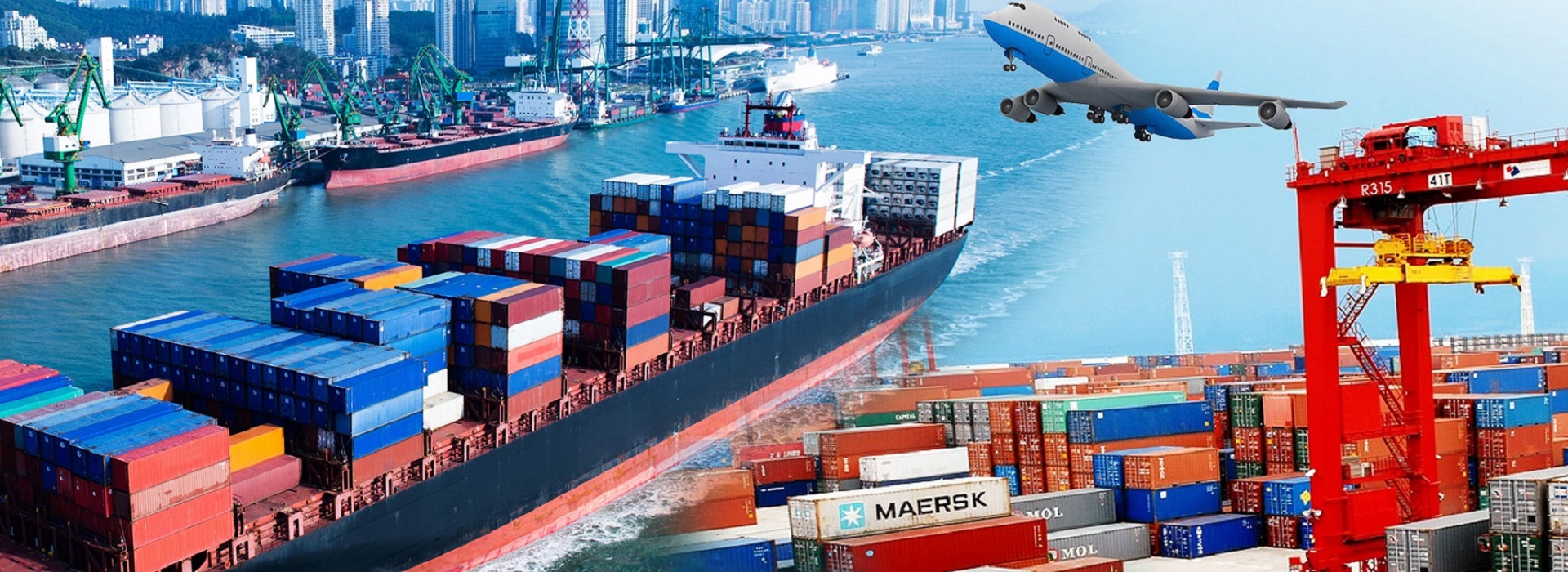Freightos Baltic: Freight rates remained on a downtrend, trade policies in focus
The National Retail Federation's latest ocean import volume report indicates that frontloading of shipments, which began in November, will likely sustain elevated import levels into the second quarter of 2025.

|
Route |
Cost (USD/FEU) |
Changes |
|
Updated on 11 February 2025 |
||
|
Asia - US West Coast |
$4,904 |
-3% |
|
Asia - US East Coast |
$6,656 |
-1% |
|
Asia - Northern Europe |
$3,386 |
-8% |
|
Asia - Mediterranean |
$4,549 |
-10% |
Despite the US government's decision to reverse its executive order imposing a 10% tariff and removing de minimis exemptions for all Chinese imports, industry stakeholders remain wary of potential policy shifts. The de minimis exemption remains a focal point of concern, given that China accounted for approximately two-thirds of the 1.36 billion de minimis shipments to the US in 2023.
The temporary pause in trade restrictions has allowed Chinese e-commerce platforms to recalibrate their supply chain strategies. Previously reliant on de minimis shipments and air cargo, these platforms have pivoted toward ocean freight, building inventories in Mexico and the US.
Meanwhile, US importers have been accelerating shipments in anticipation of potential tariff hikes. The National Retail Federation's latest ocean import volume report indicates that frontloading of shipments, which began in November, will likely sustain elevated import levels into the second quarter of 2025. This trend is expected to exert continued upward pressure on ocean freight demand.
On the Asia-Europe trade lane, freight rates continued their downward trajectory last week, declining to $3,386/FEU—a sharp 40% drop from early January levels ahead of the Lunar New Year. With demand cooling as the market transitions into the post-holiday lull, carriers have ramped up blank sailings to curb excess capacity and stabilize rates.
Read more on Freightos
